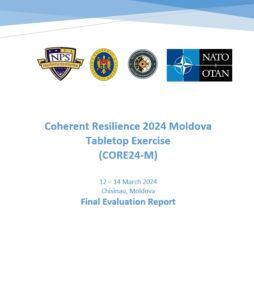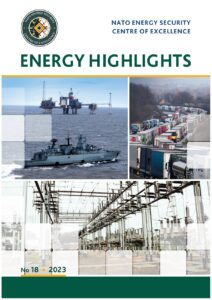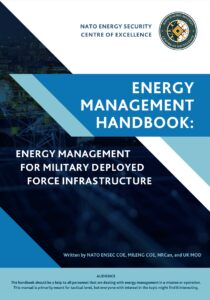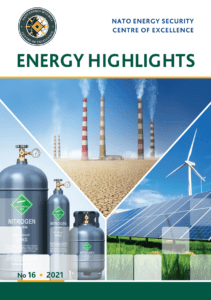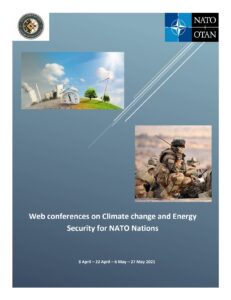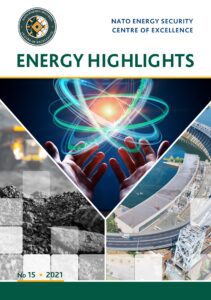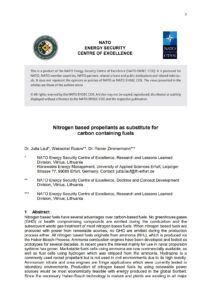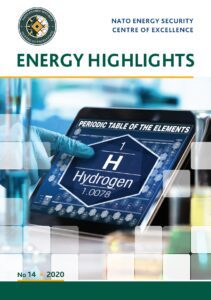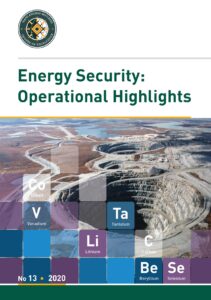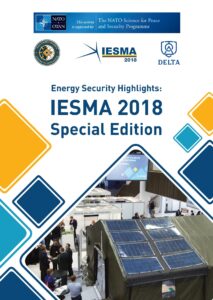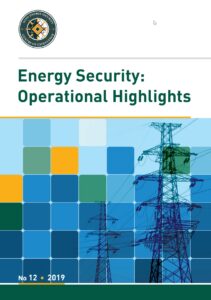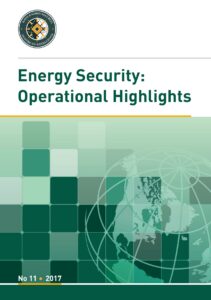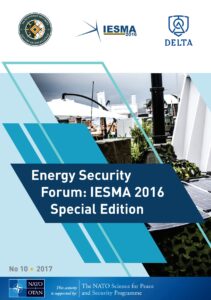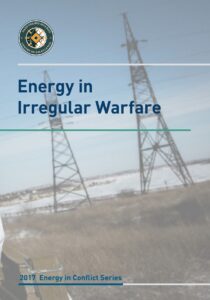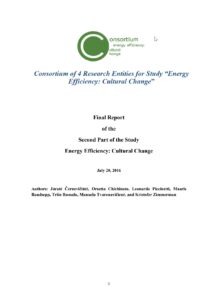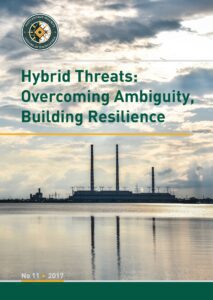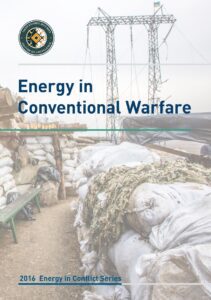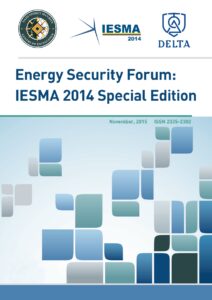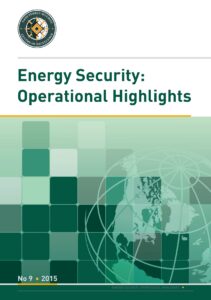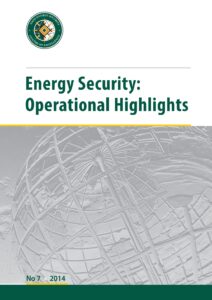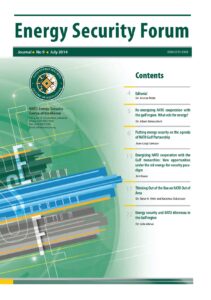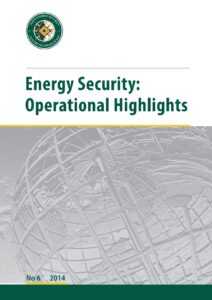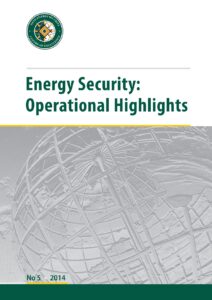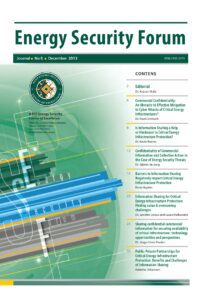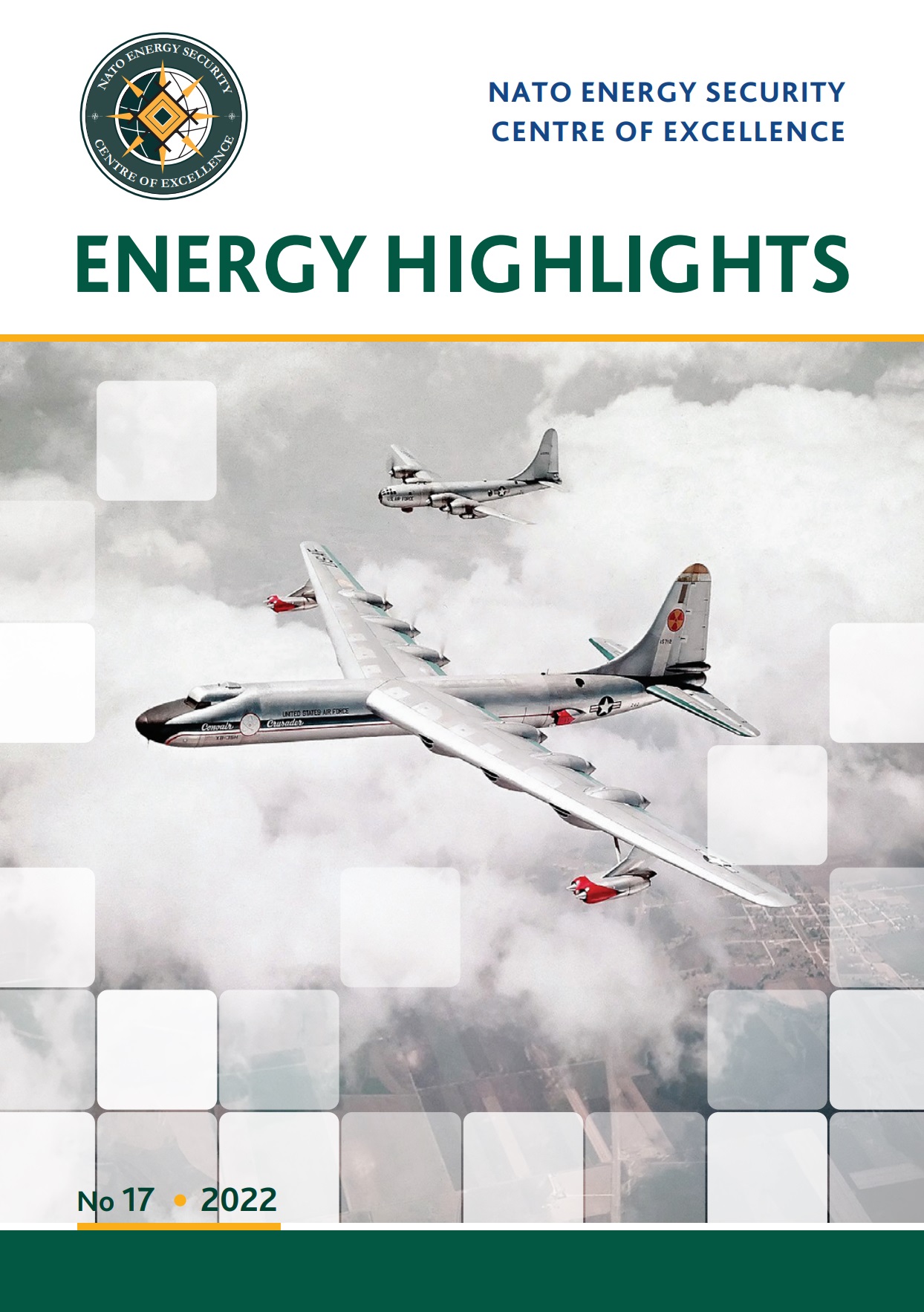
Russia’s unprovoked invasion of Ukraine has plunged the European continent into its worst military conflict since World War II. It also ratcheted up NATO-Russia tensions to unprecedented heights and exposed Europe’s acute dependency on Russian energy supplies.
Although it’s difficult to estimate the outcome of the war in Ukraine and to assess its broader implications, one thing is eminently clear: this war is a watershed event with profound consequences for European energy security. It will not only facilitate Europe’s decoupling from Russian energy supplies, but it will also likely accelerate Europe’s clean energy transition.
After all, by doubling down on the deployment of renewables and embracing innovative energy technologies European leaders can hit two birds with one stone. Not only they can cut greenhouse gas emissions and help fight climate change, but also make Europe more energy independent.
The NATO Energy Security Centre of Excellence is keenly aware of the challenges our Allies are facing. As a result, in this issue of Energy Highlights we will examine the prospects of clean energy innovation both in the military and civilian domains, while also looking at the threats of climate change.
In the first article of this issue, I review existing nuclear propulsion systems and examine if the development of nuclear-powered vehicles and weapon delivery systems would benefit NATO forces. However, instead of focusing on the potential impact of this technology on strategic stability, this article shifts its attention to the more technical, political and operational issues related to the development of nuclear propulsion systems in the air, land and sea domains.
Meanwhile, in their contribution Dr. Jutta Lauf and Dr. Reiner Zimmermann focus on the clean energy transition and the increasing need to develop and deploy completely new energy infrastructure. In other words, they argue that as governments increase investments in renewable power generation, they will also have to think about how to store, transport and distribute this energy.
Later, Dr. Sijbren de Jong and Can Ögütcü explain how climate change poses a serious challenge for countries like Russia. The authors examine how rising global temperatures and the melting of permafrost will likely affect everything from budget revenues from energy exports to energy infrastructure in the High North.
In the final piece of this issue, Dr. Jutta Lauf and Dr. Reiner Zimmermann discuss the negative effects of climate change on military infrastructure. More specifically, they focus on how rising temperatures increase the number and severity of tropical storms and how these extreme weather events pose a risk to military bases along the Caribbean and Atlantic coastlines of the United
States.
We hope that you’ll find these articles valuable and thought-provoking, and that they will shed some light on the challenges of the clean energy transition, while also highlighting the growing risks of climate change.
By Lukas Trakimavičius
Subject Matter Expert, Research and Lessons Learned Division
NATO Energy Security Centre of Excellence
“The Future Role of Nuclear Propulsion in the Military” by Mr. Lukas Trakimavičius
“Connecting production facilities and transport infrastructure for creating robust and carbon-neutral sector-integrated energy systems” by Dr. Jutta Lauf and Dr. Reiner Zimmermann
“Russia’s climate change conundrum” by Dr. Sijbren de Jong and Can Ögütcü
“Hurricane threats to military infrastructure in a warming world and possible adaption and mitigation strategies” by Dr. Jutta Lauf and Dr. Reiner Zimmermann


